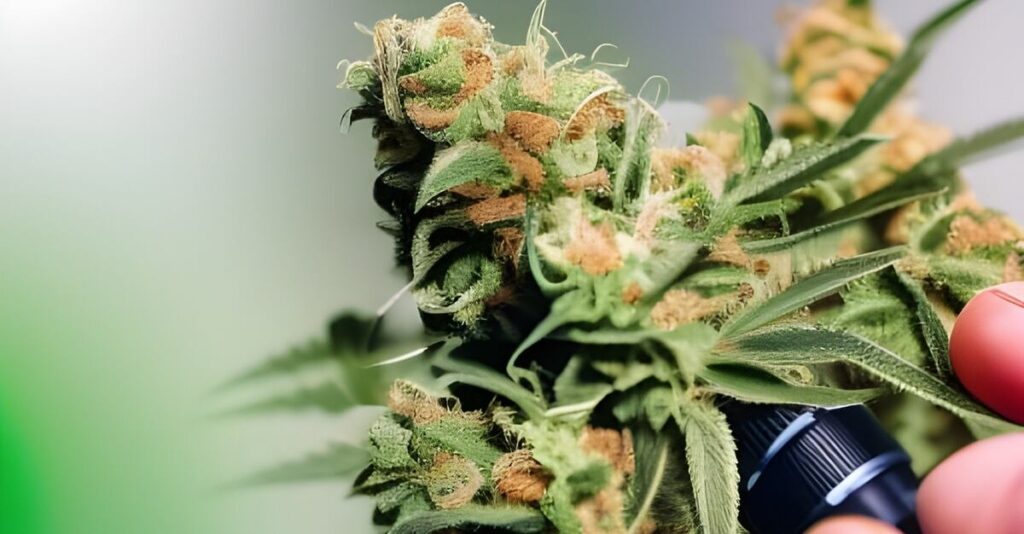Quality cannabis is a term used to describe cannabis products that meet specific standards of excellence. It is essential to understand what quality cannabis means, as it can significantly impact the user experience.
Quality cannabis must be produced following strict standards and tested for potency, purity, and safety. This article will explore the importance of quality cannabis and how it can help ensure the best possible user experience. We will also discuss testing methods to ensure that only high-quality cannabis is available.
Testing for quality cannabis involves various methods, including physical inspections, chemical analysis, and microbial testing. This ensures that the product meets specific standards in terms of its purity, potency, and safety.
Cannabis quality standards also help to ensure that products are free from contaminants such as pesticides, heavy metals, microbes, and other unwanted substances. Knowing what makes up quality cannabis can help consumers make better decisions when purchasing and consuming this product.
Tip 1 For Checking The Quality Of Cannabis: Look At The Buds
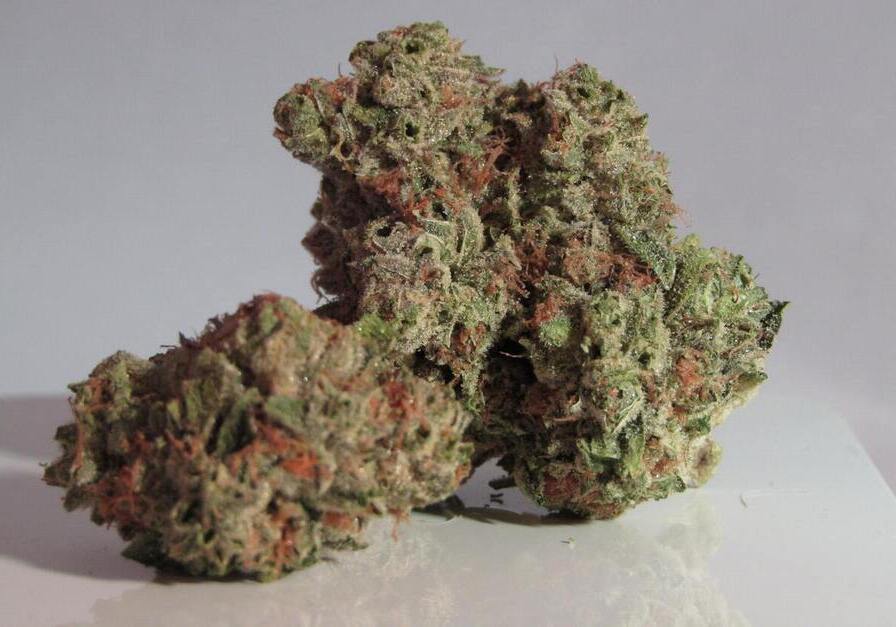
Quality cannabis should have dense, tightly-packed buds with a healthy coating of trichomes, the tiny, sticky, translucent hairs that produce the plant’s THC and CBD.
When examining cannabis buds, there are a few key characteristics to look for to determine the quality of the product. Firstly, the buds should be dense and tightly packed, indicating that the plant received proper care and had ample room to grow during its flowering stage. A healthy coating of trichomes on the buds is a good sign of high-quality cannabis.
Trichomes are tiny, sticky, translucent hairs that cover the buds’ surface. They contain the majority of the plant’s THC and CBD, the two primary compounds responsible for the plant’s psychoactive and therapeutic properties effects. The more trichomes present on the buds, the more potent and flavorful the cannabis will be.
A frosty appearance, or trichomes, indicates high-quality cannabis buds.
Tip 2 For Checking The Quality Of Cannabis: Smell The Cannabis

High-quality cannabis should have a robust and distinct aroma. The aroma should be pleasant and can vary from earthy to sweet and fruity to spicy, depending on the strain.
The aroma of cannabis is one of the most important indicators of its quality. High-quality cannabis should have a robust and distinct smell that is pleasant to the nose. The aroma of cannabis can vary greatly depending on the strain, ranging from earthy and musky, to sweet and fruity, to spicy and savory.
Different strains of cannabis can have distinct aroma profiles, and the aroma can indicate the presence of certain terpenes, which are the compounds responsible for the characteristic smell and flavor of cannabis.
For example, strains with a high concentration of the terpene myrcene will have an earthy, musky aroma, while strains high in limonene will have a citrusy, fruity scent.
Knowing the aroma profile of a particular strain can give you an idea of what to expect in terms of the overall effects of cannabis. Aroma is one of the critical indicators of the buds’ quality, freshness, and curing process.
It’s worth noting that if the cannabis has no aroma or is weak, it might indicate that it’s old, not correctly cured, or not grown to the best standards.
Tip 3 For Checking The Quality Of Cannabis: Check For Mold Or Mildew:

Inspect cannabis for any signs of mold or mildew, which can appear as small, dark spots or a white, powdery substance.
Checking for mold or mildew is a crucial step when assessing the quality of cannabis. During curing, mold and mildew can appear as small, dark spots or a white, powdery substance on the buds. These fungi can not only negatively impact the appearance and aroma of the cannabis but also pose a health risk when consumed.
Mold and mildew can grow on the buds, stems, and leaves of the cannabis plant and can be challenging to spot with the naked eye. The best way to check for mold or mildew is to visually inspect the cannabis buds, looking for any discoloration or abnormal growths. Additionally, if you notice a musty or damp smell, that could signify mold or mildew.
It’s important to note that mold and mildew can be harmful to inhale, so If you suspect mold or mildew, it’s best to discard the cannabis and not consume it. Quality cannabis should be free from mold or mildew and have a good appearance and aroma.
It’s also essential to store cannabis properly to prevent mold or mildew growth, keeping it in a cool, dry place, away from light and moisture.
Tip 4 For Checking The Quality Of Cannabis: Look For Discoloration:
Good quality cannabis buds should be a vibrant green color. An old or overexposed plant may have brown spots or discoloration.
When assessing the quality of cannabis, one vital factor to consider is the color of the buds. Good quality cannabis buds should be a vibrant green, indicating that the plant was healthy and well-cared for during the growing process. In the case of discolored or brown buds, too much light or old buds can be the cause of the discoloration or brown spots.
Exposure to light can cause the chlorophyll in the plant to degrade, leading to discoloration and a loss of potency. Additionally, buds exposed to too much light may have a harsh, unpleasant taste.
Discoloration can also indicate that the buds have been handled or stored improperly. It would be best to keep the buds in a dark, cool, and dry place to preserve their color, aroma, and potency.
It’s also important to note that discoloration can indicate damage to the buds. A damaged bud’s potency and overall quality will likely be affected, so it’s best to discard it.
In summary, checking for the color of the buds is a crucial step in assessing the quality of cannabis, and vibrant green color buds indicate a fresh and potent product. The buds should be avoided if they are discolored, have brown spots, or are of an abnormal color.
Tip 5 For Checking The Quality Of Cannabis: Check For Dryness
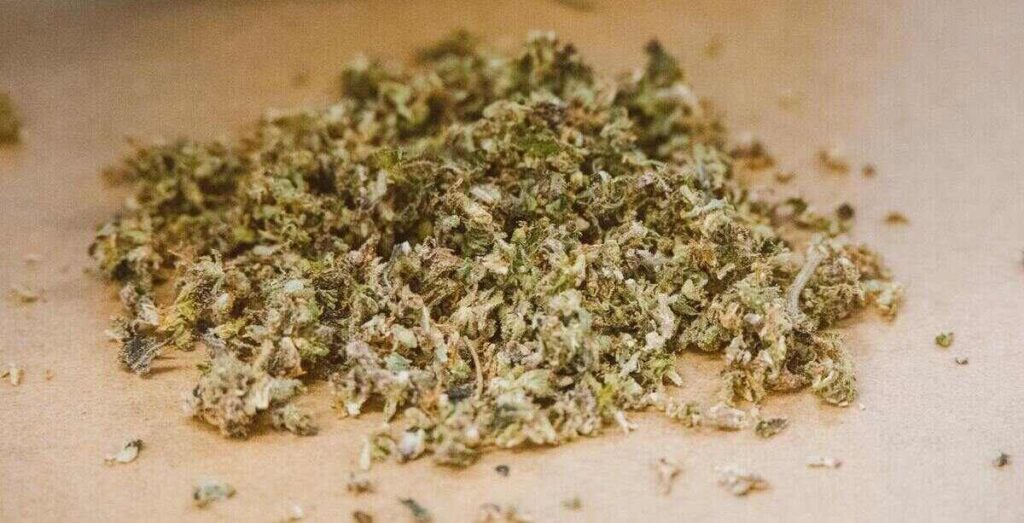
High-quality cannabis should be moist but not wet. If the buds are too dry, they will easily break apart and taste less desirable.
Checking for dryness is a crucial step when assessing the quality of cannabis. Properly cured and dried cannabis should have a moisture content of around 10-15%. If the cannabis is too dry, it can lead to a harsh smoking experience and make the buds more prone to breaking apart and creating a mess. Conversely, if the cannabis is too moist, it may indicate that it was not properly cured, resulting in inferior flavor and aroma.
If the buds are too dry, they will crumble and break apart easily. If the buds are too moist, they will feel spongy and damp. Ideally, the buds should have a slight give when squeezed but should not be too easily crushed.
Another way to check for dryness is by observing the trichomes. Trichomes are the small, clear, or milky white structures found on the buds that contain most of the plant’s cannabinoids. If the trichomes appear brown or amber, it may indicate that the cannabis is over-dry, which can lead to a decrease in potency and flavor. If the trichomes are still mostly clear, it may mean that the cannabis is under-dry and may not have been appropriately cured.
Properly dried and cured cannabis should have a good balance of dryness and moistness to ensure the best smoking experience and preservation of the plant’s potency and flavor.
Tip 6 For Checking The Quality Of Cannabis: Observe The Trichomes
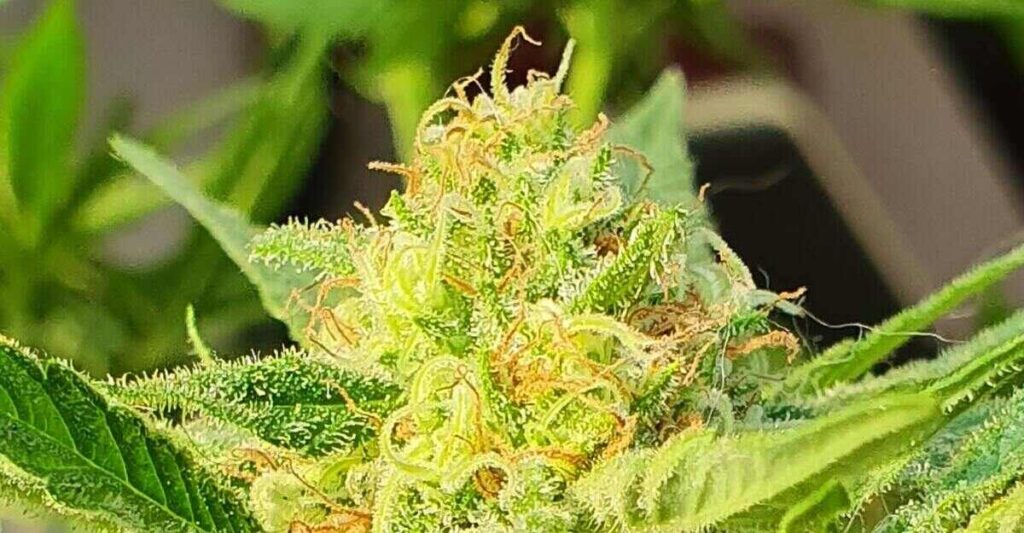
Quality cannabis should have plenty of trichomes visible on the buds and be milky white, not amber.
Trichomes are tiny, hair-like structures on the surface of cannabis plants that contain the plant’s cannabinoids and terpenes. They appear as clear, cloudy, or amber-colored bulbs on the plant’s buds, leaves, and stems. Observing the trichomes is a reliable way to determine the maturity and overall quality of cannabis.
When trichomes are transparent or translucent, the plant is not yet ready for harvest. As the plant matures, the trichomes will turn cloudy and amber, indicating that the plant is at peak maturity and has the highest potential for THC and other cannabinoid content.
When trichomes are amber, the buds are ready for harvest and will have high THC content, leading to a more soothing and relaxed effect.
However, if the trichomes are primarily amber with some clear trichomes, it could be a sign that the plant has been harvested too late, leading to the loss of the terpenes and reduction of the overall flavor and aroma of the buds.
It’s also important to note that different strains of cannabis will have different trichome maturity patterns, so it’s essential to familiarize yourself with the specific strain you are growing or purchasing.
Tip 7: For Checking The Quality Of Cannabis: Inspect The Stems
High-Quality Cannabis Stems Should Be Thick And Robust, Not Too Thin And Brittle.
When inspecting the stems of cannabis, you should look for thick and strong stems that are not too thin or brittle. Thin and brittle stems can indicate that the cannabis plant was not grown in optimal conditions or was not adequately cared for during the growing process.
High-quality cannabis should have sturdy stems that can support the weight of the buds. Additionally, the color of the stems should be a healthy green, and they should not have any signs of mold or discoloration. If the stems are dry and brittle, it may indicate the cannabis is old and not as potent as fresh buds. Overall, inspecting the stems is a quick and easy way to assess the overall quality of the cannabis.
It’s worth noting that while specific characteristics are usually indicators of quality, a pleasing aroma or look may not necessarily indicate good effects or desired effects, and vice versa. Some strains may not look or smell appealing, yet they produce excellent results.
It’s also a good idea to research the strains you are interested in and ask for recommendations from more experienced users.
Tip 8 For Checking The Quality Of Cannabis: Check The Seeds
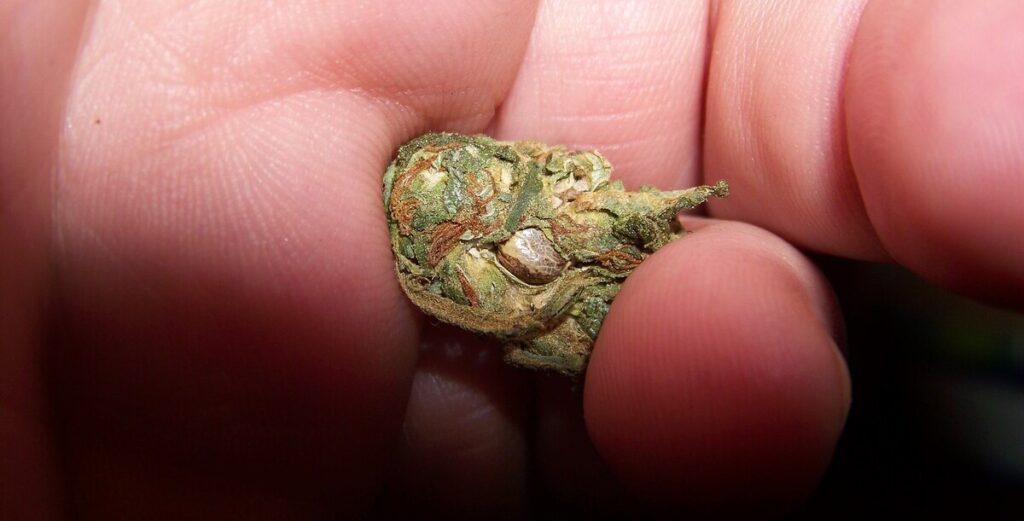
High-quality cannabis should be seedless; if they contain seeds, they should be minimal.
Checking for seeds in cannabis is a crucial step when assessing the quality of the buds. High-quality cannabis should be seedless, or if they do contain seeds, they should be minimal.
Many seeds in a cannabis bud can indicate that the grower did not properly tend to the plant during the growing process or that it was allowed to mature for too long before being harvested.
When inspecting for seeds, you can break open the buds and look for small, dark, and hard seeds. They should be easy to spot and should be minimal. If you find a lot of seeds in the buds, it can be a sign that the cannabis is of lower quality.
Seedless cannabis buds are considered to be of higher quality than those that contain seeds, as they tend to be more potent, have a better taste and aroma, and burn smoother. Overall, checking for seeds is an easy way to assess the quality of cannabis.
Tip 9 For Checking The Quality Of Cannabis: Look For Pests And Bugs
Visually Inspect The Buds For Any Signs Of Pests Or Bugs, Which Can Cause Damage To The Buds And Compromise The Quality.
When assessing the quality of cannabis, it’s important to visually inspect the buds for any signs of pests or bugs, which can cause damage to the buds and compromise the quality. Pests and bugs can cause discoloration, holes, and other forms of damage to the buds, making them less desirable for consumption.
One way to check for pests and bugs is by looking for small holes or discoloration on the buds. These can be signs of insect damage. Additionally, you can check for small webs or cocoons, indicating the presence of spider mites.
Another way to check for pests and bugs is by looking for signs of mold or mildew. This can appear as white or grey spots on the buds and indicates that the cannabis has been exposed to high humidity, which can attract pests and bugs.
If you notice any signs of pests or bugs, it’s best to avoid purchasing that batch of cannabis. Not only can these pests and bugs reduce the overall quality and potency of the buds, but they can also be harmful to consume. It is important to note that some legal cannabis dispensaries have strict quality control guidelines to avoid pest or bug issues and use pesticide-free methods to grow the cannabis.
Overall, checking for pests and bugs is an important step when assessing the quality of cannabis, as it can help ensure that the buds are safe and enjoyable to consume.
Tip 10 For Checking The Quality Of Cannabis: Look For Consistency
High-Quality Cannabis Should Have A Consistent Look And Aroma Across All The Buds In A Package; If There’s A Significant Variance In Scent And Appearance, It May Be A Sign Of Low-Quality Cannabis.
When assessing the quality of cannabis, it’s essential to look for consistency in both the appearance and aroma of the buds. High-quality cannabis should have a consistent look and smell across all the buds in a package, indicating that the plant received proper care and handling during the growing and curing process.
If you notice a significant variance in the aroma and appearance of the buds in a package, it may be a sign of low-quality cannabis. For example, if some buds have a strong, pungent aroma while others have a weak or off-putting smell, it could indicate that the buds were not grown or cured under consistent conditions. Similarly, if some buds are dense and tightly packed while others are loose and airy, it could indicate that the buds were harvested at different times or from different plants.
Consistency in the buds is also crucial in terms of the potency and effects of cannabis. If the buds are inconsistent, it may be difficult to predict the impact of cannabis, as the THC and CBD levels may vary from bud to bud.
Additionally, when purchasing cannabis, it’s essential to check for consistency in the packaging, it should be well-sealed, and the buds should be packaged in a way that prevents them from being damaged or crushed.
Looking for consistency in the appearance and aroma of the buds is an essential step in assessing the quality of cannabis. High-quality cannabis should have a consistent look and scent across all the buds in a package, and any significant variance may be a sign of low-quality cannabis.

